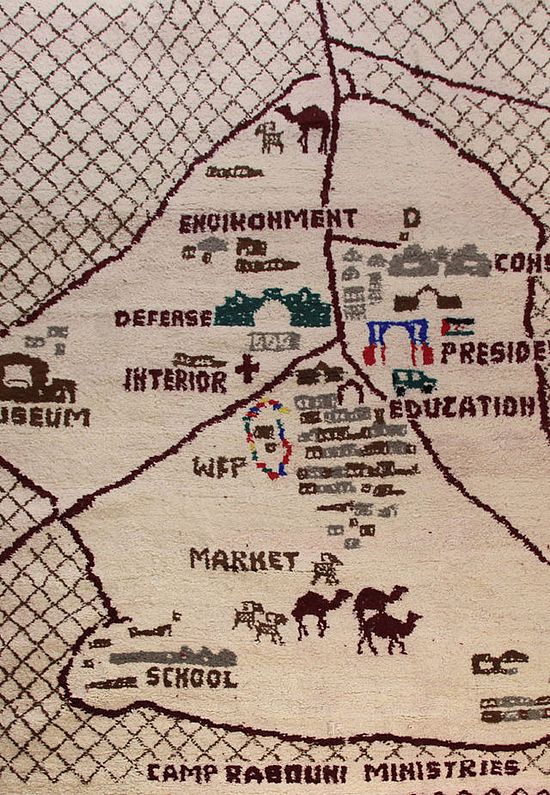From Camp to City: The refugee camps of the Western Sahara
Exhibition project: 2016 –; Book project: 2019 –
Manuel Herz
What happens when temporary architectural structures become permanent? This research project about the Refugee Camps of the Western Sahara will provide an in-depth analysis on this topic. Examining the theme of the refugee camp in the context of urbanism and architecture, the project offers extensive documentation of an urban 'borderline case' in the form of the Sahrawi refugee camps in the Algerian desert – temporaray spaces of transit that have become more and more permanent in recent decades. In contrast to the predominant understanding of the refugee camps as being either humanitarian or dystopian, the project will investigate how people live and dwell in these spaces, how they move around, enjoy themselves, and use them as a tool of education, emancipation and nation building. It will demonstrate how the camps, instead of being a place of misery, can also be understood as a potential political project. The main results of this research project will be in the shape of a pavilion and exhibition in the context of the Venice Architecture Biennial 2016 in Venice, Italy.
In a further step, the project will continue its investigation into the afterlives of refugee camps: What happens to camps when the refugees have returned? How do camps figure in the general process of urbanization of the African continent? How can camps and refugee settlements be seen as a cosmopolitan location, and a place of emancipation. These and other questions will be examined in a urban research project focusing on a range of case studies within the African context.
Sahrawi Carpet for the Museum of Modern Art, New York.
Image: Sahrawi Carpet for the Museum of Modern Art, New York. © Manuel Herz

Quick Links
Social Media
